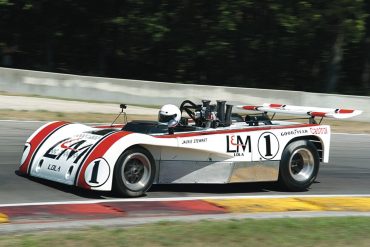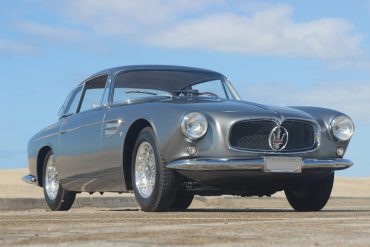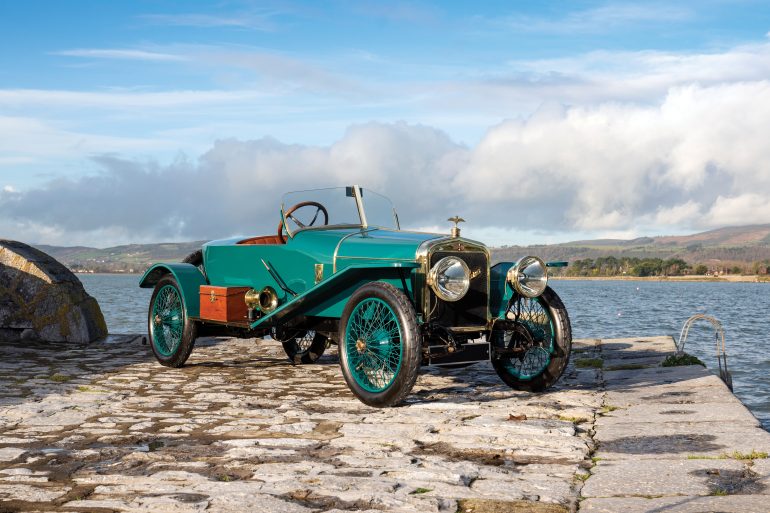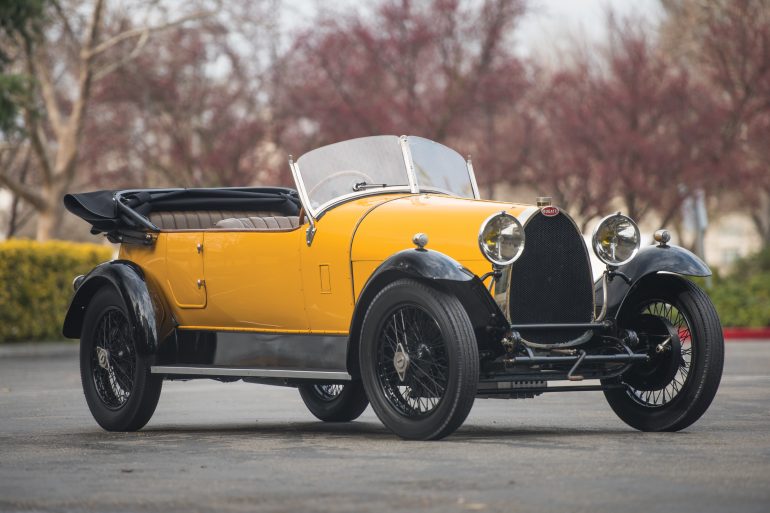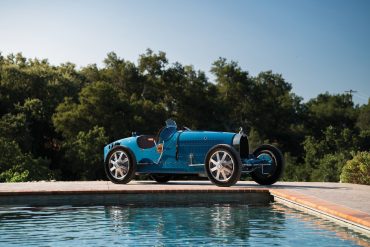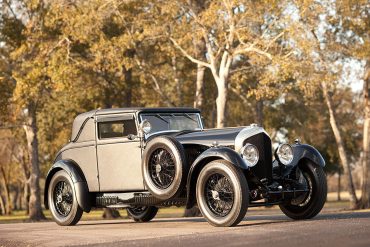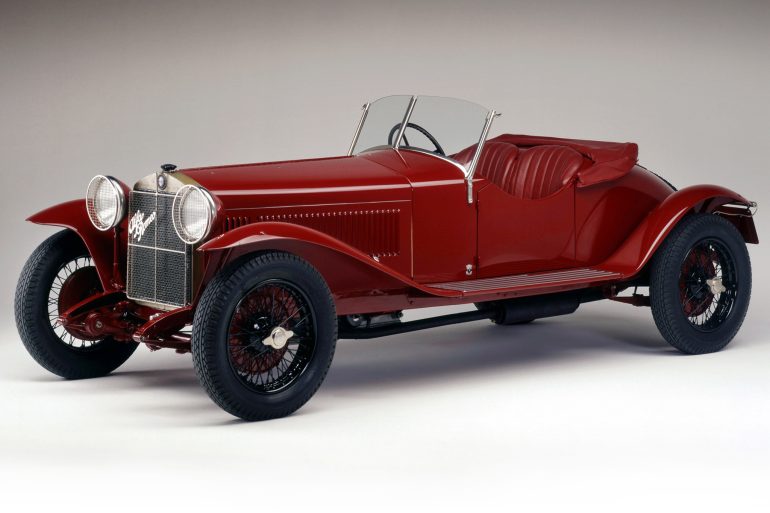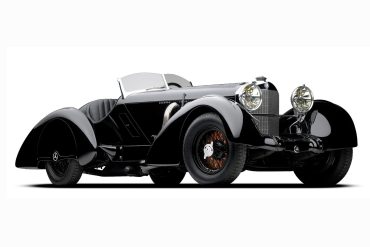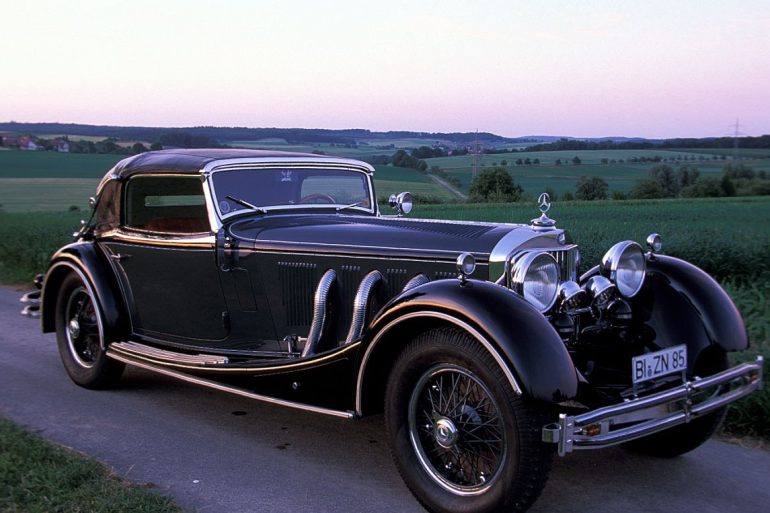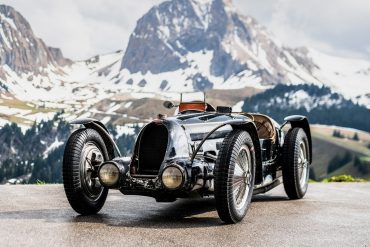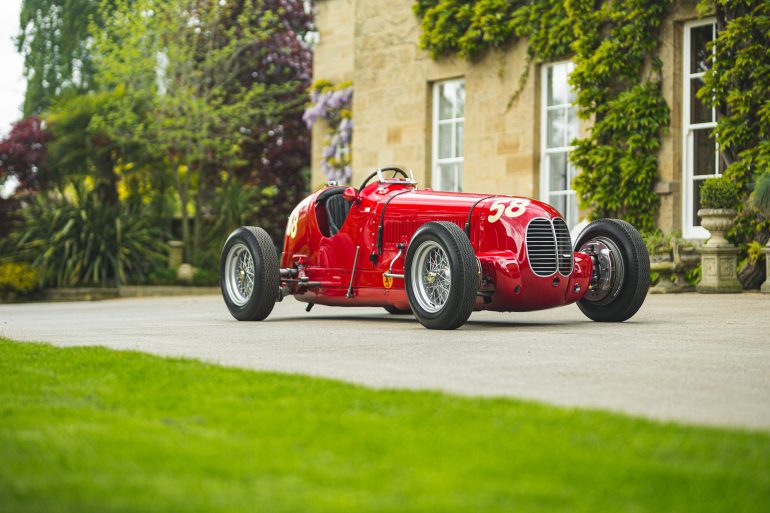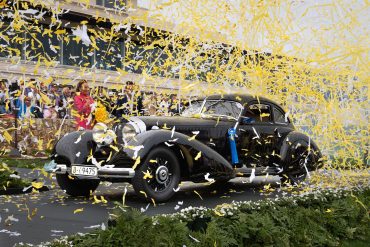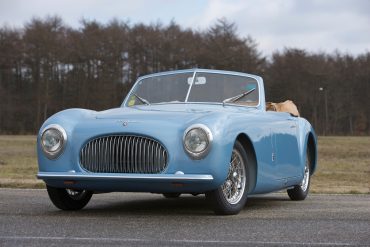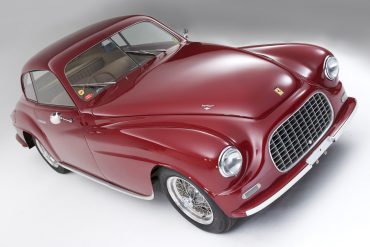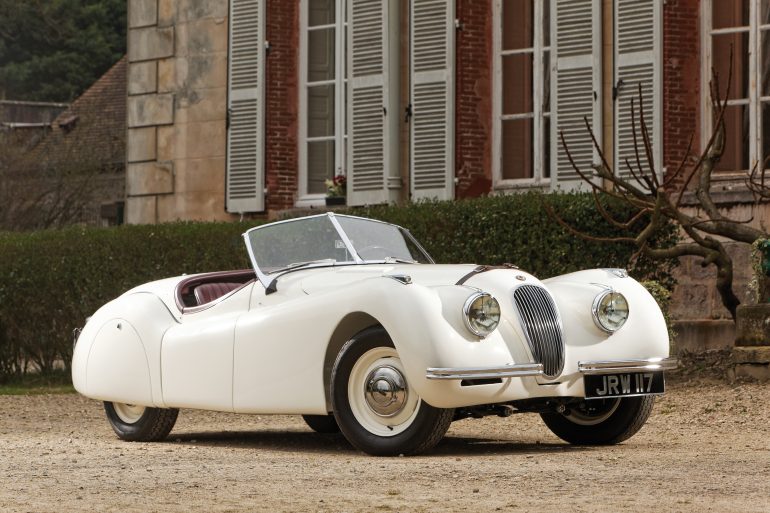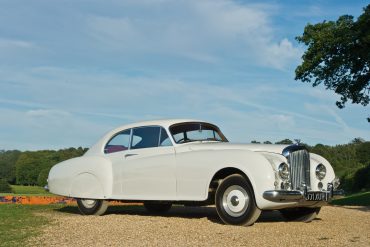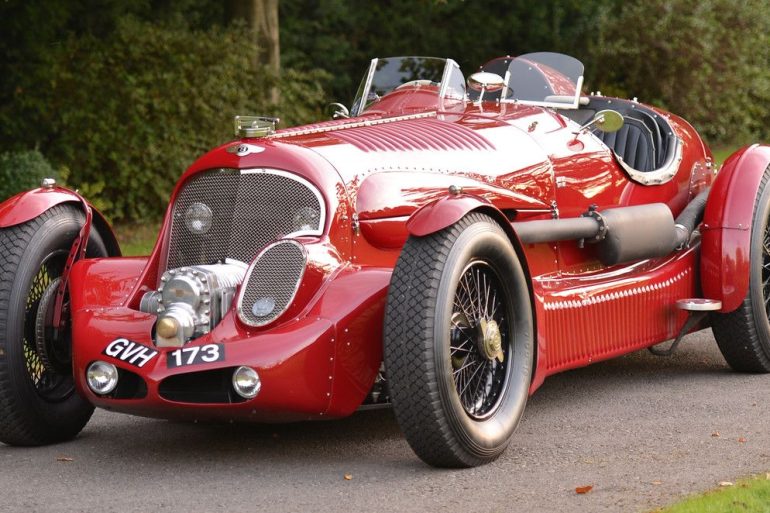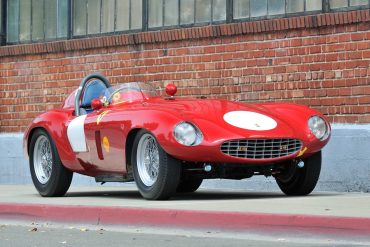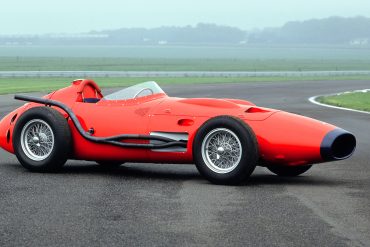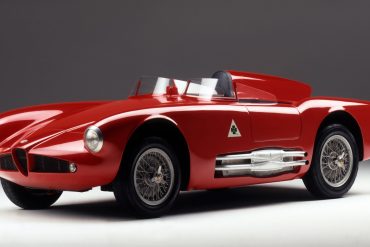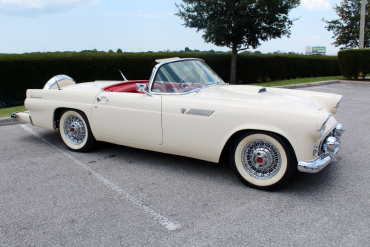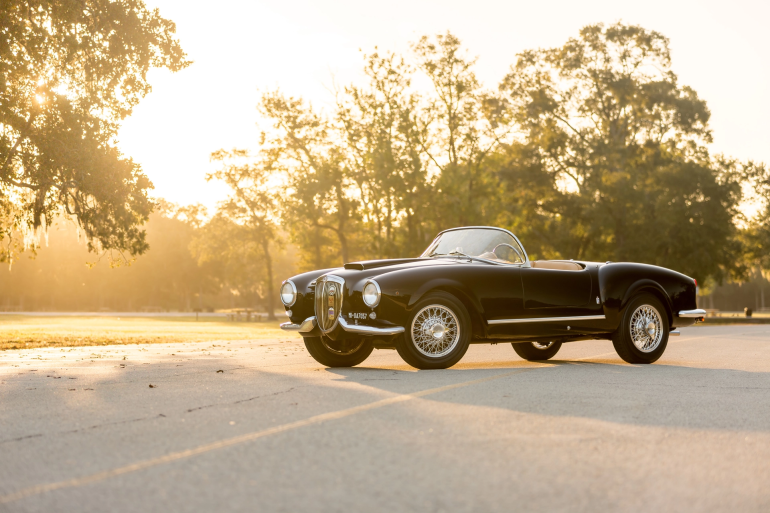The Canadian-American Challenge Cup was an “unlimited” racing series co-sanctioned by the SCCA in America and the CASC in Canada....
It is interesting to note that the two most iconic constructors of Italian road-going sports cars—Ferrari and Maserati—only grudgingly began...
Hispano-Suiza, a distinguished name in Edwardian motoring, established itself as a leader in automotive engineering alongside Rolls-Royce. The Swiss engineer Marc Birkigt was responsible for earning the company’s prestigious reputation through his successful development of Hispano-Suiza race cars. The Alfonso XIII is considered the quintessential sports car, with its lightweight,...
This aerodynamic tank-shaped Bugatti that competed in the 1923 French Grand Prix was the predecessor of the famous Bugatti Type 35....
Propelling the marque further than any other car, the Type 35 was the most successful Bugatti product. It combined impressive...
Introduced in 1922, the Type 30 was the first production Bugatti to feature an Inline-8 . The engine was placed on a chassis similar to that of the Type 23. At the time Bugatti opted to move to a small two-liter engine to make the car more saleable, lighter and...
The Type 35 Bugatti was unveiled in 1924, with a long hood, and a 2.0 litre inline-8 engine that produced...
Often confused with the Speed 6, the 6½ Litre was Bentley’s first large-displacement, six-cylinder car. The new engine was necessary...
Before the Ferraris, the Maseratis, the Abarths, and the Lamborghinis, Alfa Romeo was the quintessential Italian sports car maker—and there’s a common consensus that it all started with the 6C 1500 Sport. It was a 1.5-liter straight-six-powered 2-seater built in several specs, including ones with dual overhead camshafts and a...
One of the most revered sports cars in the world is the SSK and this one features the most dramatic...
The 1932 season would be fought without the German cars from Daimler Benz. It would also be one with an...
Introduced in February 1933 at the Berlin Motor Show, the Mercedes-Benz SS was a six-cylinder automobile that was produced until 1934. Due to several models with similar names produced by Mercedes-Benz during the 1930s (and again in the 1980s), the car is now commonly identified using the manufacturer’s Works Number,...
Bugatti presented the Type 59 Sports for the first time on September 24, 1933, at the San Sebastian Grand Prix....
Designed by aeronautical engineer William Stout, the Scarab would ultimately become one of the most influential vehicles of the 20th...
The Maserati Tipo 6CM, an amazing single-seater racer, was designed by Ernesto Maserati and began to take shape in 1935. The car was fairly conventional in looks but its contents were extremely advanced. Even more ground-breaking than the new engine, a straight six with the cylinders cast in the same...
When introduced, the Mercedes-Benz 540K Autobahn Kurier was applauded not only for its long, sweeping hood and aerodynamic design, echoing the...
As a successful businessman and experienced amateur driver, Piero Dusio started Cisitalia, officially known as Consorzio Industriale Sportive Italia. The...
Established by Piero Dusio in 1946, the Cisitalia brand didn’t survive long in the unforgiving economic climate of post-WW2 Italy. Still, it is regarded as one of the most influential Italian automotive companies despite being relatively anonymous outside of car enthusiasts’ circles. The main reason for that is this very...
The Ferrari 166 Inter was Ferrari’s first true grand tourer and Ferrari’s first 12-cylinder engine to reach 2-liter capacity. The 166 Inter was an evolution...
Designed for long distance competition, the 166 MM took its name from one of the world’s most famous road races, the Mille...
With its French curves, 120 mph performance and a price tag of £988, the XK120 was Jaguar’s most important roadster. In 1948 it set a new standard of post-war performance which progressed into a comprehensive motor sports campaign and won the 24 Hours of Le Mans five times in seven...
With only 208 examples produced, the R-Type Continental was as rare a sight in the 1950s as it is today...
The R-Type Continental was as rare a sight in the 1950s as it is today – but it went down...
This bespoke 1953 Bentley 6 1/2 Liter Petersen Special was built using a modified 1953 R-Type chassis of 9′ 9″ wheelbase. The car was built by Bob Petersen in 2003 and draws inspiration from the great cars that raced at Brooklands in the ‘Roaring Twenties’. The car featured a World...
One of the prettiest Ferrari racers ever is the 750 Monza. The 750 Monza prototype made its debut in 1954...
Designed for the 2.5 litre Formula 1 regulations that were introduced for the 1954 season, the 250F followed the lines of...
The Mercedes-Benz 300SL stands as one of most memorable coupes of the fifties. The gullwing doors not only distinguished it, but they are a clever solution to hide the cars unique space frame chassis. It’s also the most recognizable Mercedes and every seriously collection usually has one. While the Americans...
By late 1955, Alfa’s motorsports engineers had developed the Alfa Romeo 750 Competizione, which was specifically designed for racing. The...
The Ford Thunderbird was introduced to the U.S. market in 1955 as a response by Ford to the Chevy Corvette,...
At the 1955 Brussels Motor Show, Lancia introduced the B24 Spider America, an open two-seater that is arguably the most iconic and sought-after variant of the series. The Spider embodied the charming and quintessentially Italian style, with a 2,451 mm wheelbase that was about 210 mm shorter than the main...


